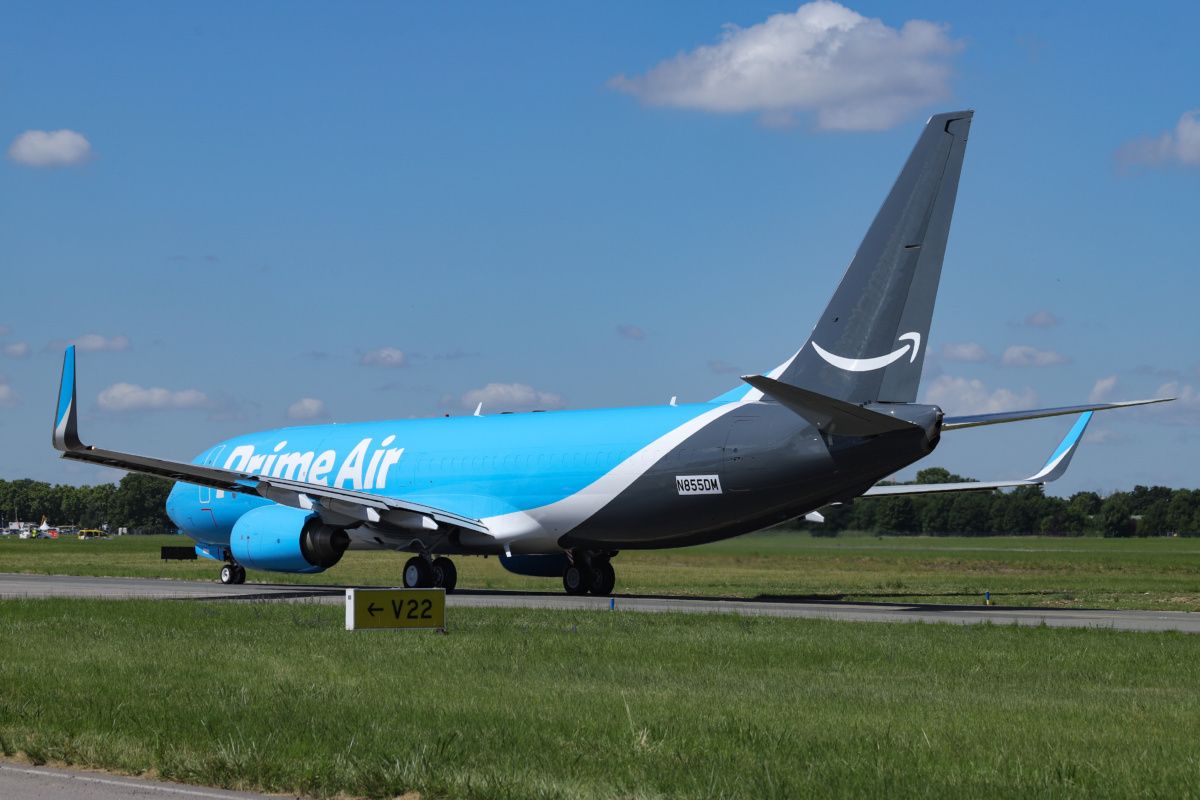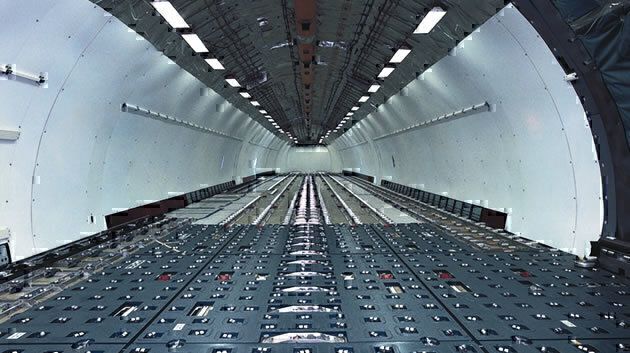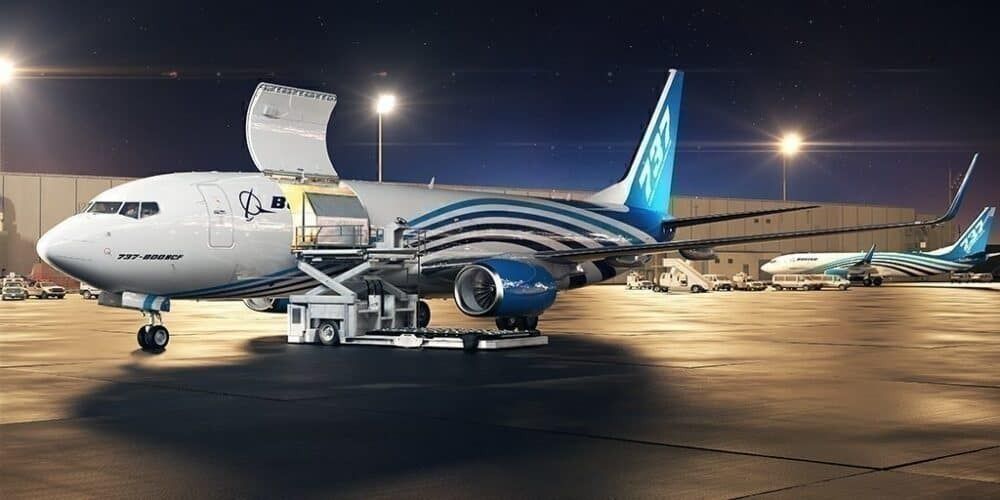While the temporary passenger to freighter conversion market has pretty much exploded over the past few months, turning commercial jets into cargo-only aircraft is not a new concept. The reconfiguration from people to goods is an arduous process, but it can add years to an aircraft's lifespan. Let's take a look at the why and how of it.
As with anything second-hand, used aircraft are cheaper than new. Hence, many cargo carriers pick up older passenger jets as commercial airlines reshuffle and renew their fleets. The cargo carriers then turn these old aircraft into freighters. A typical candidate for conversion will usually have somewhere between 30,000 to 40,000 flight hours.
Stay informed: Sign up for our daily aviation news digest.
Comprehensive conversions
While we have seen airlines strap boxes or bags onto passenger seats, this is not a sustainable solution for a company whose main revenue depends on carrying as much volume as possible. Thus, the older passenger planes need to undergo a comprehensive conversion for cargo-only operations.
Several steps need to be taken to comply with certifications for freighter conversion lines. First of all, the interior of the cabin will be completely gutted. Not only seats, but overhead compartments, galleys, and passenger lavatories will be taken out, as well as a massive amount of cables. The floor is then fitted with a carpet of rollerballs to make the loading and removal of pallets easier.
The cockpit is also modified, and systems for ventilation, fire detection/suppression (according to compartment classification), and temperature control are adapted to suit the new fate of the aircraft.
New hatch, reinforced frame, and floors
Obviously, it would be a little tricky to fit huge cargo pallets through the passenger doors. Since freighters do not need emergency exits, these are sealed up and deactivated. However, they do need cargo hatches, which are mostly fitted on the side of the fuselage and open upwards.
The airframe itself needs to be reinforced, as do the floors, to be able to handle the extra load. This is done following engineer stress analysis to coordinate with the center of balance and weight limitations.
Protecting the crew
Extra precaution measures must also be taken for the protection of the crew. Should a fire occur in the cargo, the pilots must be able to continue operating the flight without worrying about smoke and fumes. This can be accomplished by building a sealed-metal bulkhead with a door between the cockpit and the former cabin.
There must also be a structure preventing cargo from falling forward in the cabin, effectively blocking the door. This is usually done by installing another bulkhead or with a cargo-restraining net. In either case, it needs to be able to withstand forces of up to 9g.
Seven main houses
There are seven major conversion houses across the globe today. Aeronautical Engineers, Inc, Bedek Aviation Group, Boeing, EFW, PEMCO World Air Services, Precision Aircraft Solutions, and Singapore Technologies Aerospace.
German EFW, showcased in the video above, converts Airbus aircraft, while the remaining six including, not surprisingly, Boeing focus on Boeing passenger to freighter programs.



